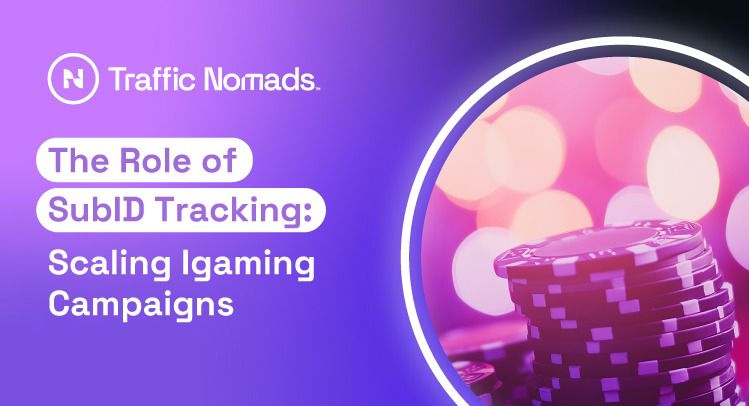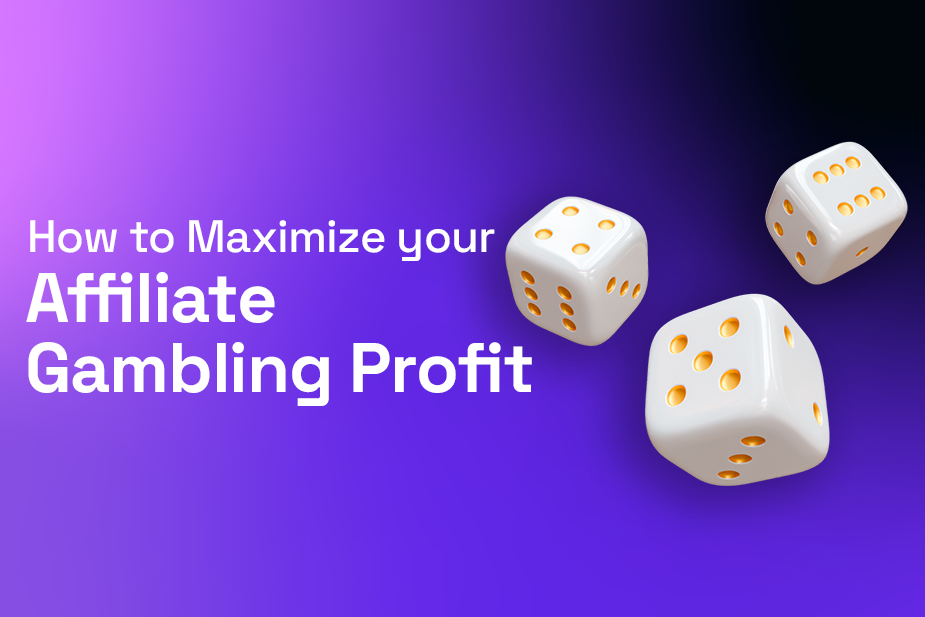TL;DR
You can generate high-quality casino traffic and test gambling traffic offers with less than €1K, if you follow structured pacing and optimization rules. Track micro-conversions, monitor FTD lag, and apply a keep/kill/scale framework to find profitable sources before scaling.
1. Why You Don’t Need Big Budgets to Test Casino Traffic
The biggest mistake affiliates make is spending fast without structure. Testing casino traffic under €1K is not about generating instant FTDs, it’s about proving that your funnel works and understanding which gambling traffic sources deliver users with real deposit intent.
Work with a single variable setup:
-
One offer, one GEO, one funnel.
-
Split formats wisely, for example, 60% push, 30% native, 10% popunder.
-
Define your goal: find your cost per registration (CPR) and average FTD delay per source.
When you buy casino traffic this way, you’re not just buying clicks — you’re buying insight.
2. Budget Pacing: Data Before Deposits
Pacing is the difference between learning and wasting money. Spread your spend across a full week for statistically valid data.
Smart pacing builds confidence in your casino traffic funnel — not just clicks.
3. KPIs That Predict FTD Success
In gambling traffic, you can’t rely on instant conversions. Focus on the KPIs that signal deposit potential:
-
CTR: tests the relevance of your creatives.
-
Pre-lander engagement: measures user curiosity and scroll depth.
-
Signup CR: validates funnel usability.
-
KYC completion: confirms compliance and user quality.
Create a weighted Quality Score for each placement:
CTR × 0.25 + Signup CR × 0.5 + KYC × 0.25
→ Only scale placements scoring above 0.7.
This quantitative approach prevents emotional decision-making and keeps your gambling tests efficient.
4. The Keep / Kill / Scale Decision Matrix
After seven days, you’ll have a clean dataset to judge every casino traffic source.
This method turns every test into a predictable process, not a guessing game.
5. Understanding FTD Lag
FTD lag is the time between registration and first deposit, and it’s the most underused metric in iGaming optimization.
For casino traffic, shorter lag usually means impulsive traffic (push, pop), while longer lag signals analytical users (native, SEO-style audiences).
Typical benchmarks:
-
0–24h: fast-decision players (push ads).
-
48–96h: research-driven users (native).
Track lag per source to align reinvestment with real deposit behavior. Scaling before understanding your lag curve = wasted spend.
6. Top Traffic Formats for Small Budgets
When testing gambling traffic under €1K, focus on formats that combine reach and learning speed:
-
In-Page Push Ads: quick approvals, broad reach, good CTRs.
-
Native Ads: high engagement, slower conversions but higher LTV.
-
Popunders: inexpensive data for early funnel validation.
A two-format stack (push + native) gives the best balance between data volume and deposit quality.
7. Scaling Rules for Profitable Casino Traffic
Before you double your spend, confirm these conditions:
✅ Each creative has 300+ clicks.
✅ CPR ≤ 1.5× target value.
✅ FTD lag ≤ 72h for 70% of deposits.
✅ Fraud ratio under 3%.
✅ Policy approval above 95%.
Once verified, increase your bid and clone your winning setup across similar GEOs or ad widgets.
Conclusion
Testing casino traffic under €1K isn’t a shortcut, it’s a discipline. Focus on pacing, micro-conversions, and lag analysis. That’s how you turn gambling traffic tests into scalable campaigns with predictable ROI.
Start your campaign with Traffic Nomads and scale your iGaming traffic today.








